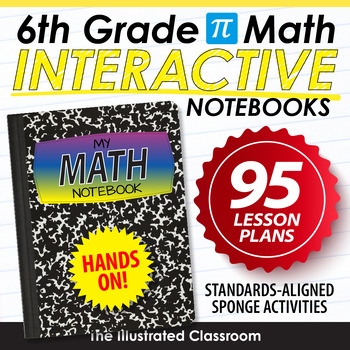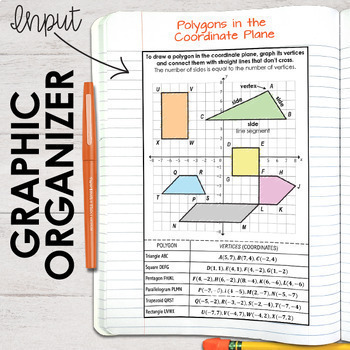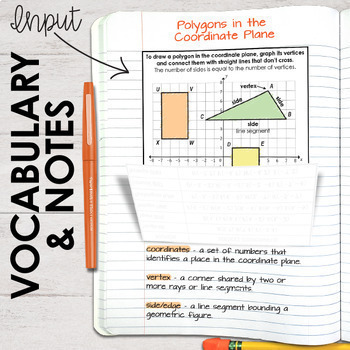6th Grade Math Interactive Notebooks Bundle - Algebra, Ratios, Geometry, etc.
- Zip
What educators are saying
Products in this Bundle (8)
showing 1-5 of 8 products
Bonus
Description
Teach 6th grade math with editable, easy-to-use interactive notebooks! Students will take ownership of their learning by building a personalized resource covering all the topics, skills, reasoning, and vocabulary they need to succeed in sixth grade math, while also strengthening valuable study skills like organization and note-taking.
HOW TO USE
Use the no-prep graphic organizers to introduce and teach each math topic. Use the companion practice set to check for understanding. Students will use their interactive notebooks throughout the year as a valuable reference resource. Everything they learn fits in two 80-page notebooks!
Unlocked, editable PDF files are are included. You get hundreds of math printables, word problems, practice sets, and graphic organizers to use in your classroom any way you want! The modular design of these sixth grade math interactive notebooks lets you use them with all your favorite interactive math notebook resources.
STUDENT BENEFITS
✅ Ownership of learning
✅ Reason Mathematically
✅ Learn Math Skills
✅ Optimal topic-sequencing
✅ Year-long reference resource
✅ Suitable style for older and advanced students
✅ Teaches note-taking and organization skills
EASE-OF-USE FEATURES
✅ No-prep graphic organizers
✅ Fits spiral & composition notebooks
✅ Eco printing: no paper & ink wasted on doodles & décor
✅ Easy to cut out
✅ Easy to assemble
Be sure to check the free previews for a closer look at this 6th Grade Math interactive notebook resource!
RELATED RESOURCES





